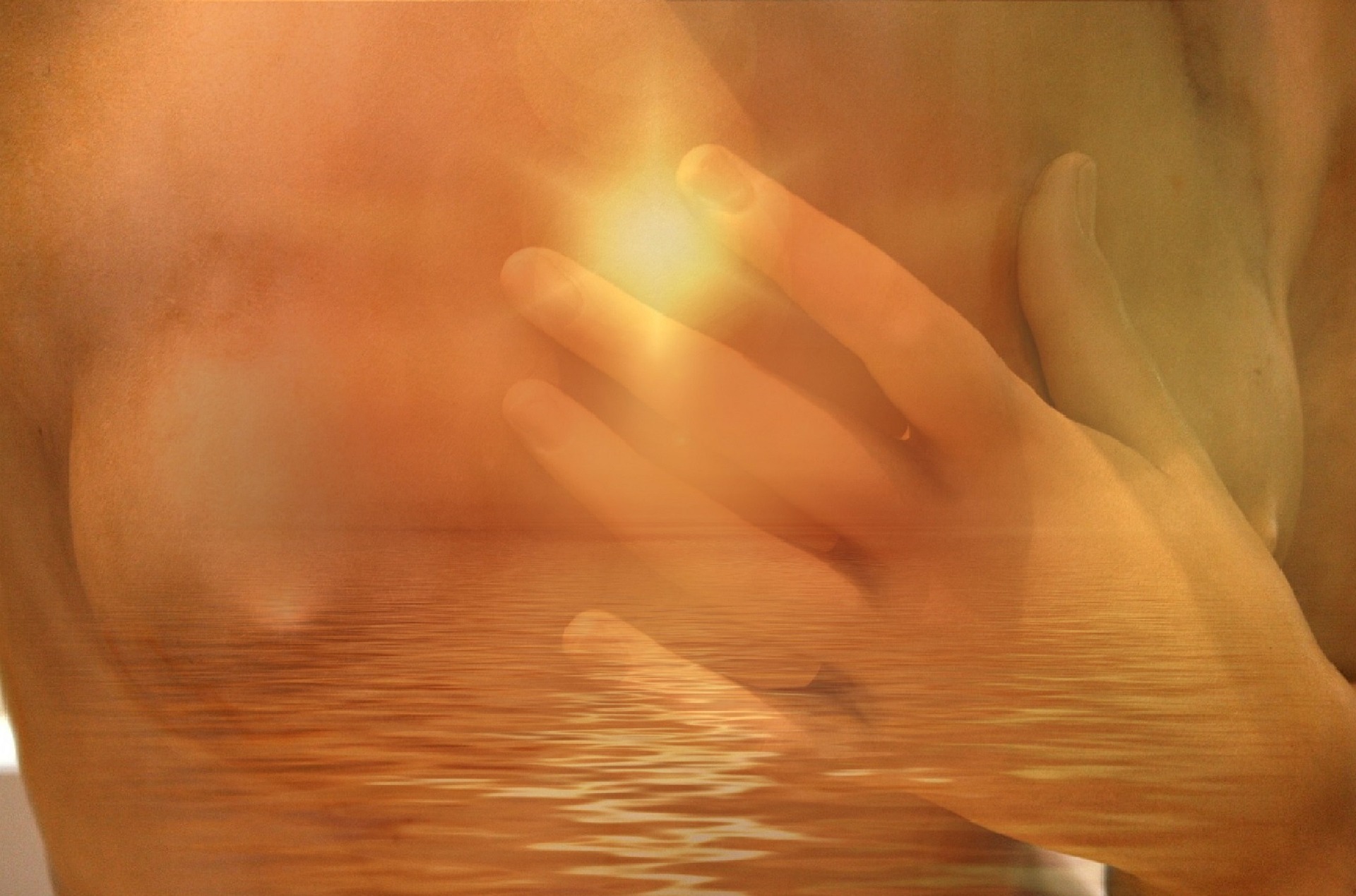 Submitted by Krishna Dhanya on
Submitted by Krishna Dhanya on

pixabay.com
Kama Sutra was the ancient book that was originally written by Vatsayana. The book deals with how one can have a better sexual life. There is a detailed explanation of the different sexual positions in this book. It is considered one of its kinds of a book in the world. The book is still very popular all over the world. It is unbelievable how this work has survived so many years. We will now discuss was Kama sutra a part of religious teachings in ancient India.
Religion and Sex: Ancient India -
The topic is interesting as well as very little is written on the same. Religion and sex in India have never been mixed. Most of the Rishis and the Gurus who used to do pujas in ancient India were people who never got married. Even Vatsayana who originally wrote Kama sutra was a person who never enjoyed a physical relationship himself. Infact celibacy is considered a virtue from the spiritual perspective and you can read our post on the benefits of celibacy.
Well although sex was never mixed with religion. It always did play a vital role in the social and economic world. Sex was essential as this was how children were born. In traditional India most of the marriages were arranged. The concept of love came after marriage. The marriages were arranged keeping politics, power, religion all kinds of social and economic reasons in mind.
No matter why the marriage was arranged, one reason for all the marriages was to have an offspring. People would have a huge number of children. This was mainly because polygamy was allowed in traditional India. The medical facilities were not so strong. There was no way that family planning could be done. The fear of children dying due to various diseases often led to big families.
The Gurukuls
The children would be sent to the Gurukuls at a very early age. Most of them would be below ten. This was done to ensure that they get a formal education. Once the children were twenty five they would come back to their families.
They would be married off to the girls their parents have already selected. This is exactly why in the last few years of Gurukul they were also taught about sex so that they can enjoy a good married life. This also ensures that they have healthy children. Kama sutra did not exist in the Vedic periods. At that time the Guru would teach the students about sex from religious texts.
After Kama sutra was written it was used in the Gurukuls to teach about sex. This shows how advanced the Indian education system was back then. Sex education has been a part of Indian education system for very long. Women were not given a formal education. Perhaps they were told about sex by their immediate family. This was to ensure that they don’t have much trouble post marriage. Was Kama sutra a part of religious teachings in ancient India perhaps the answer to this question will be a No. As Kama sutra is not a religious text. It was written just to ensure that the people can understand more about sex and also learn how they can enjoy sex more. The reason for Kama sutra was more social than religious.
A Useful Book
This book was a very big help to the people in traditional India as there was no open discussion about this topic. Kama sutra is a very powerful book that is still read in India and across the world. We cannot combine the concept of Kama sutra with religion. It is true that most of the temples in India were inspired by the Kama sutra. You will find a lot of carvings and paintings on the walls of the temples that are inspired by the Kama sutra. This was the art of that time. Nothing more than that can be found to link the Kama sutra with Indian religion. Even in Bhagwad Gita there is not much mention of this vital aspect of life.
Was Kama sutra a part of religious teachings in ancient India? It is a topic that will not have any clear answer to it. We have tried to answer some parts of the question.
Sudipta Ray